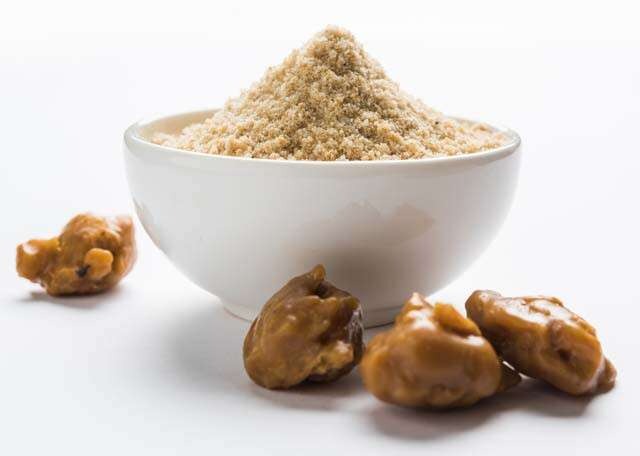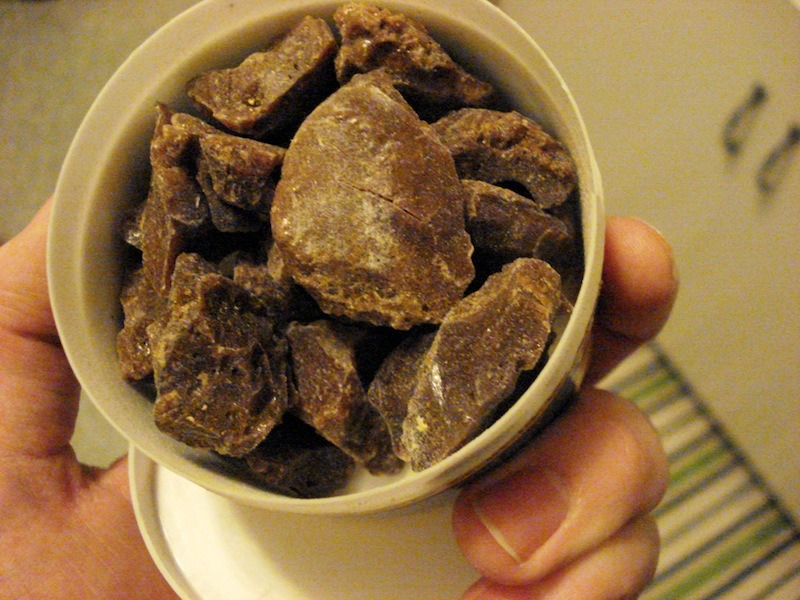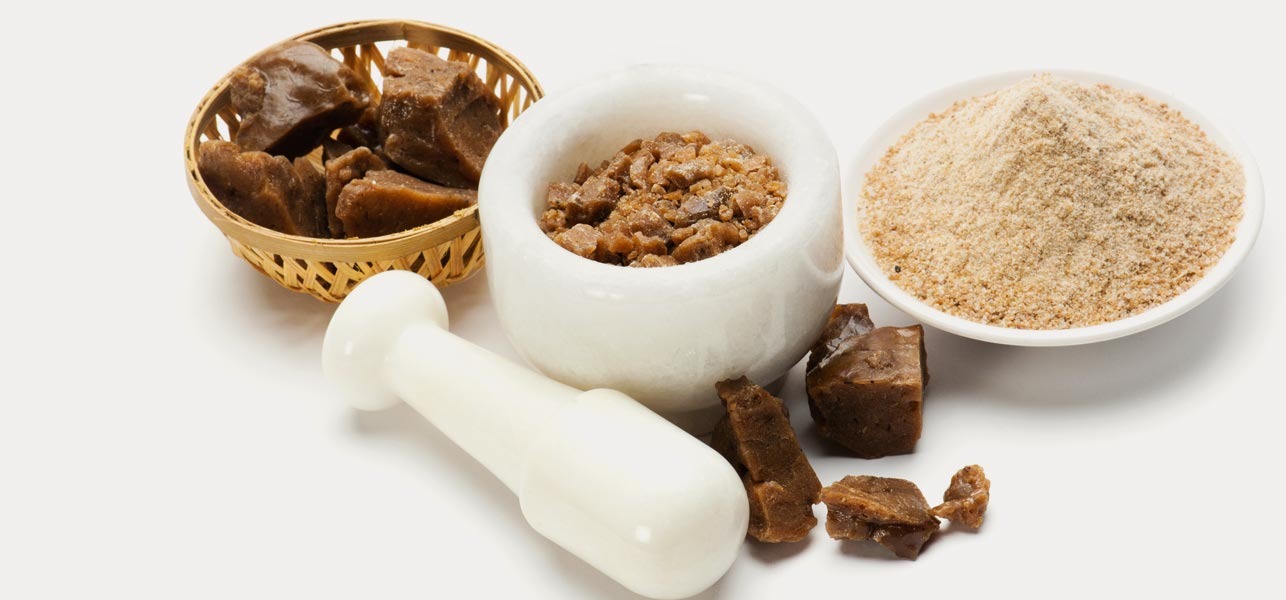As a parent, you’re always looking for ways to keep your family healthy, which often leads you down the fascinating path of exploring new foods and ingredients. On tonight’s dinner menu, you have decided to try something different, an exotic spice that’s been a culinary secret in some parts of the world for thousands of years. You’ve probably heard whispers about it or even caught a glimpse at your local grocery store tucked away in the ‘exotic spices‘ section. Now, you’re ready to unravel the mystery: what is Asafoetida spice?
Asafoetida, often known as ‘hing’ in many Asian cuisines, is a lesser-known gem in the world of spices. Its unique aroma and flavor can add a delightful complexity to your dishes, making them tastier and healthier. So, as you venture into this new culinary territory, let’s discover together the wonders of Asafoetida spice, a small step in your kitchen but a giant leap towards a healthier family.
What is Asafoetida Spice? History

Asafoetida plant, a spice with an intriguingly unique aroma and flavor, traces its roots back to the desolate regions of Iran and Afghanistan. It is from the Ferula species of plants native to these areas.
The process of obtaining this exotic spice is quite fascinating. When the plant is about five years old, the stalk and roots are cut to release a milky sap. This sap, when dried, forms granules or resin, which we know as Asafoetida.
It’s worth noting that Asafoetida thrives in arid and rocky terrains, making Iran and Afghanistan their ideal natural habitat. The cultivation method requires substantial knowledge and patience, contributing to the spice’s rarity and value.
For instance, you must ensure the plant has matured enough before you harvest the sap. Moreover, you need to dry the sap correctly to preserve its potent flavor and aroma.
Historical Uses
Asafoetida boasts a rich history deeply ingrained in various cultures’ culinary and medicinal practices. Its intense flavor and aroma have made it a staple in Indian and Middle Eastern cuisines. In India, the spice is fondly called ‘Hing’ and enhances the flavor of many dishes like lentil curries and pickles.
Historically, Asafoetida powder uses was more than just a culinary ingredient. Ancient physicians like Hippocrates and Galen advocated its use in treating various ailments. People so revered its medical properties that they called it the “Food of the Gods.”
In Ayurvedic medicine, Asafoetida has been used to treat digestive issues, respiratory conditions, and even nervous disorders. People highly value its anti-inflammatory, antiviral, and antibiotic properties. For instance, a pinch of Asafoetida in warm water was a common remedy for stomach upsets.
Moreover, Asafoetida’s significance transcends the kitchen and medicine cabinet boundaries. In some cultures, it was believed to ward off evil spirits and is still used in certain rituals today.
Nutritional Composition of Asafoetida

As a parent, your prime concern is always the health and well-being of your children. Adding Asafoetida to your family’s meals is an adventure in taste and a step towards enhancing their nutritional intake.
Let’s explore what makes this spice a potent addition to your pantry.
Despite its small usage in cooking, Asafoetida is a powerhouse of nutrients. Here’s a breakdown of what you’ll be adding to your family’s diet:
🌱Fiber
Asafoetida is rich in dietary fiber, which aids digestion and helps maintain a healthy gut. A strong digestive system is key to overall health and immunity, something we all strive for, especially for our children.
🌱Calcium
This spice is a good source of calcium, which is vital for strong bones and teeth. As your teenagers grow, their bodies need all the calcium they can get.
🌱Iron
Iron deficiency is a common concern, especially in growing children and teenagers. Asafoetida provides a decent amount of this crucial mineral, supporting hemoglobin production and aiding in oxygen transport in the body.
🌱Phosphorus
Essential for bone health and calcium, phosphorus helps maintain strong and healthy bones.
🌱Protein
While not a primary source, Asafoetida contains some proteins essential for growth and repair in the body.
Remember, while Asafoetida is used sparingly in dishes due to its strong flavor, even small amounts can contribute to your daily nutrient intake. It is particularly beneficial in a balanced diet that includes a variety of other nutrient-rich foods.
The benefits associated with these nutrients are far-reaching. For instance, a fibre-rich diet can help prevent constipation and promote a healthy digestive system. Calcium and phosphorus work together to build strong bones, an absolute necessity for your fast-growing teenager.
Iron plays a crucial role in preventing anemia and keeping energy levels high, while proteins are the body’s building blocks, aiding in growth and muscle development.
Health Benefits of Asafoetida
We are constantly on the lookout for ways to keep our families healthy. We understand the importance of a balanced diet and the impact that certain foods can have on our well-being. One such food is Asafoetida, an ancient spice many have used for centuries for its distinct flavor and medicinal properties.
Let’s explore the Asafoetida powder benefits together, understanding how this unique spice can play a role in our family’s health regime.
➡Digestive Health
One of Asafoetida’s most well-known medicinal properties is its positive impact on digestive health. The spice is often used as a digestive aid, helping to reduce bloating, gas, and other discomforts associated with indigestion.
Imagine your teenage son coming home from school with a stomach ache after eating fast food with his friends. A simple home remedy could be a warm cup of water with a pinch of Asafoetida. It could help soothe his stomach and provide relief from discomfort.
➡Respiratory Relief
Asafoetida also has potential benefits for respiratory health. Many have been using it traditionally to help alleviate symptoms of asthma, bronchitis, and whooping cough symptoms. It also helps lower blood pressure.
If your daughter struggles with a persistent cough during winter, incorporating Asafoetida into her meals could relieve her symptoms and make her feel more comfortable.
➡Anti-Inflammatory Properties
Asafoetida’s anti-inflammatory properties are another reason it’s worth including in your family’s diet. Inflammation is at the root of many health problems, from minor skin conditions to serious illnesses.
Adding Asafoetida to your dishes may help reduce inflammation in your family members’ bodies, contributing to their overall health.
Culinary Uses of Asafoetida

We’re always looking for ways to make our meals nutritious but also interesting and flavorful. Incorporating Asafoetida into your cooking can be an exciting culinary adventure. But do you know how to use Asafoetida?
Remember that Asafoetida is potent, so a little goes a long way. You’ll usually need no more than a pinch or two for most recipes. The spice is typically added early in the cooking process to oil or ghee (clarified butter) to mellow its strong, spicy aroma and bring out its pleasant, onion-like flavor.
One popular method is to use Asafoetida in ‘tadka’ or tempering. It is a technique widely used in Indian cuisine where spices are heated in oil or ghee and then mixed into the dish.
This process releases the essential oils of the spices and heightens their flavors. A tadka with Asafoetida can instantly elevate a simple dish of lentils or rice.
Additionally, Asafoetida substitute can replace garlic and onions in recipes, making it ideal for those who follow diets that restrict these ingredients.
🍲Popular Dishes that Incorporate Asafoetida
Now, let’s bring this to life with some examples of dishes that showcase Asafoetida. In Indian cuisine, Dal Tadka, a comforting dish of cooked lentils tempered with spices, often features Asafoetida. It helps to balance the flavors and aids digestion.
Another classic example is the Indian pickles, where Asafoetida’s distinct flavor plays a significant role. Its unique taste adds depth to the tangy and spicy pickles, making them a perfect accompaniment for various meals.
Outside of Indian cuisine, several Persians use Asafoetida in their dishes. One such dish is Ghormeh Sabzi, a flavorful stew of herbs and meat, where Asafoetida works harmoniously with other spices to create a rich, complex flavor profile.
Incorporating Asafoetida into your family’s meals can introduce them to new flavors and broaden their culinary horizons. Experimenting with this spice in your kitchen could be a fun and educational experience for your teenagers, teaching them about different cuisines and the importance of balanced, flavorful nutrition.
Frequently Asked Questions
Q: Can Asafoetida be consumed raw?
A: Asafoetida is usually not consumed raw due to its strong, pungent odor and flavor. It is typically used sparingly in cooked dishes, where its aroma and taste mellow out, contributing a pleasant, onion-like flavor.
This spice is best when used in small amounts, heated in oil or ghee at the beginning of the cooking process.
Q: Is Asafoetida safe for everyone to consume?
A: Generally, Asafoetida is safe for most people to consume in typical culinary amounts. However, some individuals may be allergic or sensitive to this spice, and pregnant or nursing women are advised to consult their healthcare provider before consuming Asafoetida.
As with any dietary changes, we recommend discussing with a healthcare professional before adding Asafoetida, especially for those with underlying health conditions.
Q: How should I store Asafoetida to keep it fresh?
A: To maintain freshness, Asafoetida should be stored in an airtight container in a cool, dark, and dry place. Exposure to heat, moisture, and light can degrade the potency and flavor of the spice over time.
Keep your Asafoetida in its proper storage condition for about a year. However, it’s best to buy in small quantities and use it fresh to fully enjoy its unique flavor and aroma.
Q: Are there any known side effects or allergies associated with Asafoetida?
A: Asafoetida is generally safe for consumption in moderate culinary amounts. However, some individuals may experience an allergic reaction to Asafoetida, with symptoms such as skin rash, itching, or shortness of breath.
In rare cases, excessive consumption of Asafoetida may lead to gastrointestinal issues such as diarrhea, nausea, or stomach upset. If you’re introducing Asafoetida into your diet for the first time, it is advisable to start with small amounts to see how your body reacts. As always, if you have any concerns or if symptoms persist, it’s recommended to consult with your healthcare provider.
Final Words
In conclusion, Asafoetida is a spice powerhouse with many potential health advantages, culinary uses, and flavorful attributes. Its unique, spicy aroma and onion-like flavor make it an exciting spice to experiment with in the kitchen.
Whether you’re already familiar with this robust spice or are just discovering it, the journey of incorporating Asafoetida into your meals can be both flavorful and rewarding. Remember, moderation is key. A little goes a long way. So, start small and adjust according to your flavor preference.
We encourage you to take the culinary plunge and enhance your dishes with Asafoetida’s rich, savory notes. Share your experiences with us. Have you used Asafoetida before? What is your favorite dish to add it to? We’d love to hear from you, so please leave a comment below. Let’s continue our exploration of this wonderful world of spices together.

